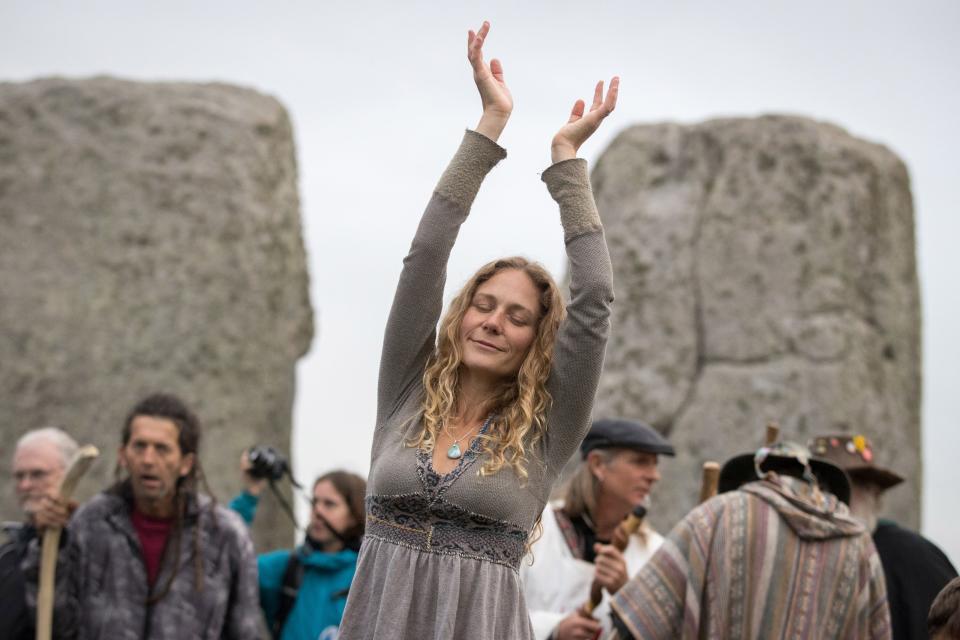Ancient Stonehenge celebrations unearthed with pigs hauled hundreds of miles to huge feasts from 4,500 years ago

Ancient Brits really knew how to throw a party 4,500 years ago, hauling pigs from as far away as Scotland to near Stonehenge.
Archaeologists said in a new study published Wednesday that evidence of the earliest large-scale celebrations in Britain have been unearthed, with people and animals traveling hundreds of miles for prehistoric feasting rituals thousands of years ago.
Some of the parties were near famed Stonehenge.
"These gatherings could be seen as the first united cultural events of our island," study lead author Richard Madgwick from Cardiff University in Wales. He said that "people from all corners of Britain descended on the areas around Stonehenge to feast on food that had been specially reared and transported from their homes."
The study examined the bones of 131 pigs, the prime feasting animals for ancient Brits. In addition to the Stonehenge site, feasts appear to have been held at three other nearby sites, including Avebury, Durrington Walls and Mount Pleasant.
Pig bones excavated from these sites were determined to be from animals raised as far away as Scotland, northeast England and west Wales, as well as numerous other locations across the British Isles. Moving the pigs across dozens or hundreds of miles would have required a monumental effort, Madgwick said.
The findings "demonstrate a level of interaction and social complexity not previously appreciated," the researchers said.
More: Why did Stonehenge's massive rocks come from Wales, 180 miles away?
More: Stonehenge mystery solved? Prehistoric French may have inspired it and other European megaliths
Stonehenge, one of the most impressive prehistoric megalithic monuments on Earth, is a World Heritage site known for its alignment with the movements of the sun. Thousands of people travel there each year to mark the solstices in summer and winter.
Built in several phases from 2900 B.C. to 1650 B.C., the stones have figured in numerous debates, both scholarly and whimsical, over their origins.
The study appeared in the peer-reviewed journal Science Advances, a publication of the American Association for the Advancement of Science.

This article originally appeared on USA TODAY: Ancient Stonehenge celebrations unearthed with pigs hauled hundreds of miles to huge feasts from 4,500 years ago

